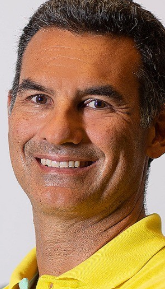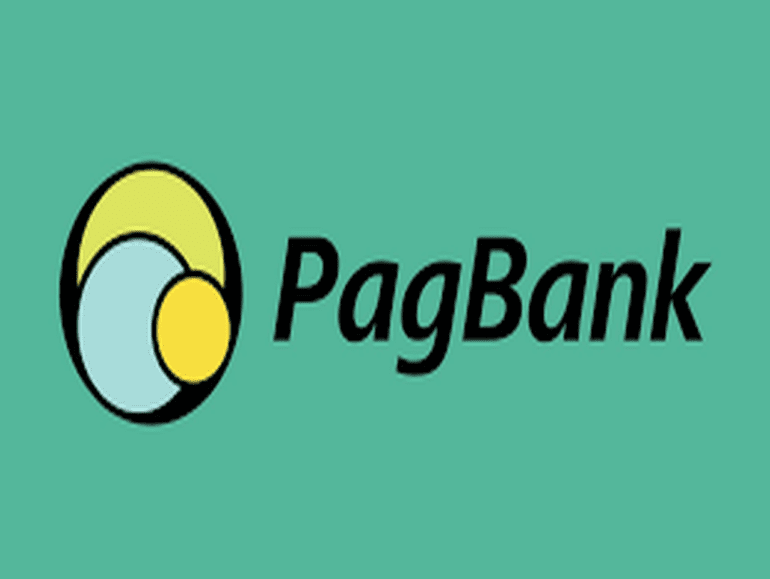The bustling Brazilian market for digital banks has grown in variety. Thirty-billion-dollar Nubank is expanding aggressively throughout Latin America. PicPay, a digital wallet, is signing up millions in Brazil, while Mercado Pago, the fintech arm of Argentine e-commerce giant Mercado Libre, is growing by leaps and bounds in the region. Traditional banks have rolled out digital banks of their own, such as Iti from Itaú or Next from Bradesco.
Amidst this evolving landscape, the acquiring sector is quietly making its mark. PagBank, the digital banking arm of payments processor PagSeguro, has been steadily gaining ground. In the last quarter, it reported a customer base of nearly 30 million in Brazil, a milestone that positions this challenger fintech among the top five neobanks in Latin America regarding the number of clients.

The Brazilian digital banking arena has witnessed remarkable growth in recent years, driven by the instant payments boom from Pix in late 2020 and the digitization of the population during the pandemic. As a result, numerous neobanks have successfully onboarded customers and are now engaged in fierce competition for market share. In this increasingly crowded landscape, every neobank is vying for the throne as customers’ top choice.
Pagbank reports 30 million customers in Brazil
In the most recent quarter, Pagbank reported almost 30 million customers, a 19% increase from 24.8 million a year earlier, and a sign that the neobank is growing despite a more competitive landscape for digital banks. It ranks fourth in Latin America behind Nubank (with over 80 million global clients), PicPay and Mercado Pago.
“This number places us among the most relevant Brazilian financial institutions,” Alexandre Magnani, CEO at PagBank, said recently in an earnings call to discuss results. “From now on, we will pivot our focus on activation and principality rather than number of clients to stimulate revenue growth.”
These remarks underscore a significant shift in the landscape of Brazilian neobanks. As the market starts to exhibit early signs of saturation, challenger banks, which initially focused on rapidly expanding their customer base, are now compelled to prioritize profitability. It’s worth noting that many Brazilians maintain accounts with multiple digital banks, meaning that acquiring customers is no longer sufficient to drive top-line growth.
PagSeguro is a Brazilian sub-acquirer with a digital banking unit known as PagBank. Like Square in the United States, the company has grown over the years in the sector due to its strong presence in the small and medium-sized business market, providing payment capabilities to this particular audience. This year, PagBank and PagSeguro merged into a single entity in a move to try and make their value proposition more attractive to Brazilian SMEs and individuals alike.
Competing in a saturated market
While the digital bank has attracted new customers, Brazilian banks are now engaged in fierce competition for what they term “principality.” Additionally, its stock experienced a sharp decline last year after record highs in 2021.
According to Bruno Diniz, a fintech specialist from Brazil, the company has struggled to have its offering prevail among individual users. “It faces significant competition from more established players because it lacks a clear differentiator for this audience,” he told Fintech Nexus.
“In the individual market, Pagbank has aimed at individuals who have the greatest difficulty finding solutions in the market, such as people with negative credit or credit restrictions, a challenging strategy in current times,” Diniz said.
Total deposits were 18.3 billion Brazilian reais, or nearly $4 billion. Like other digital banks, it has yet to pick up speed regarding its loan portfolio. The fintech ended the quarter with 2.6 billion reais, or nearly $500 million.
In the last ten years, Brazilian neobanks have emerged as powerful agents in growing financial inclusion, challenging the long-standing reign of traditional banks. However, despite experiencing rapid growth in recent years, Latin America’s central digital banking hub seems to be reaching a plateau. “We are observing ongoing signs of consolidation and market saturation,” analysts from Bank of America wrote in a recent report about Brazilian neobanks. “Now, the focus has shifted to market share.”


